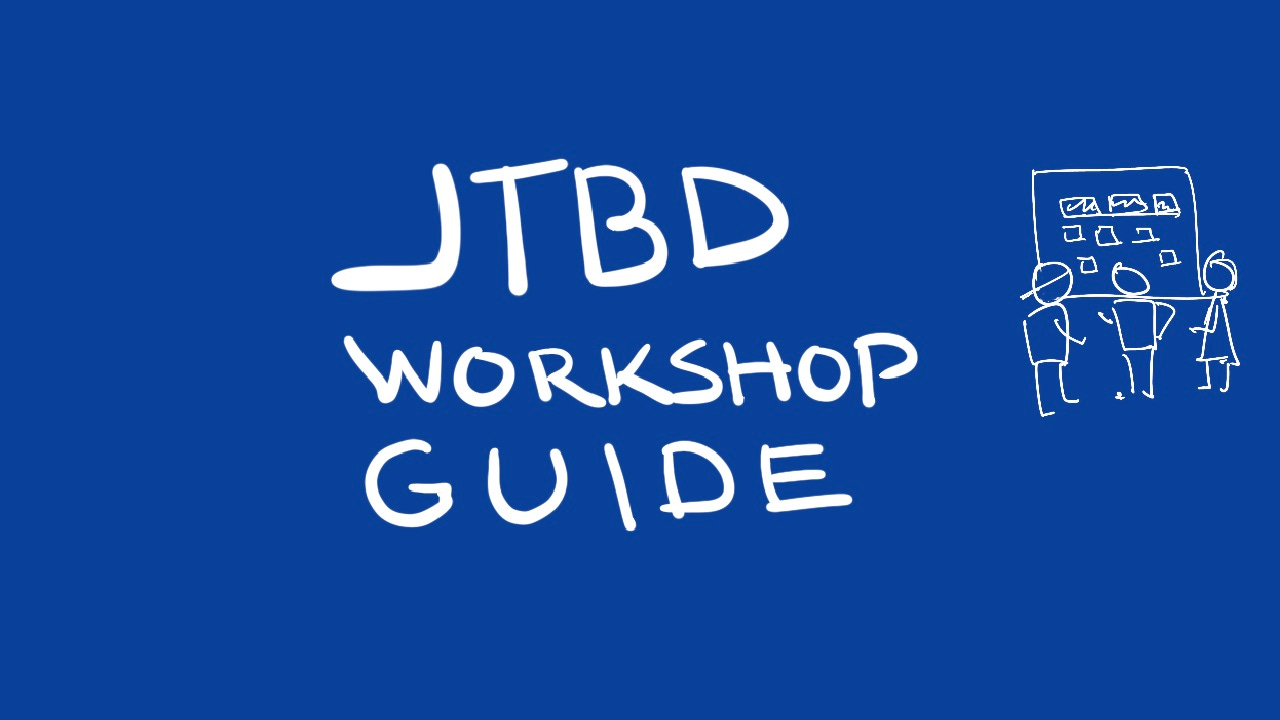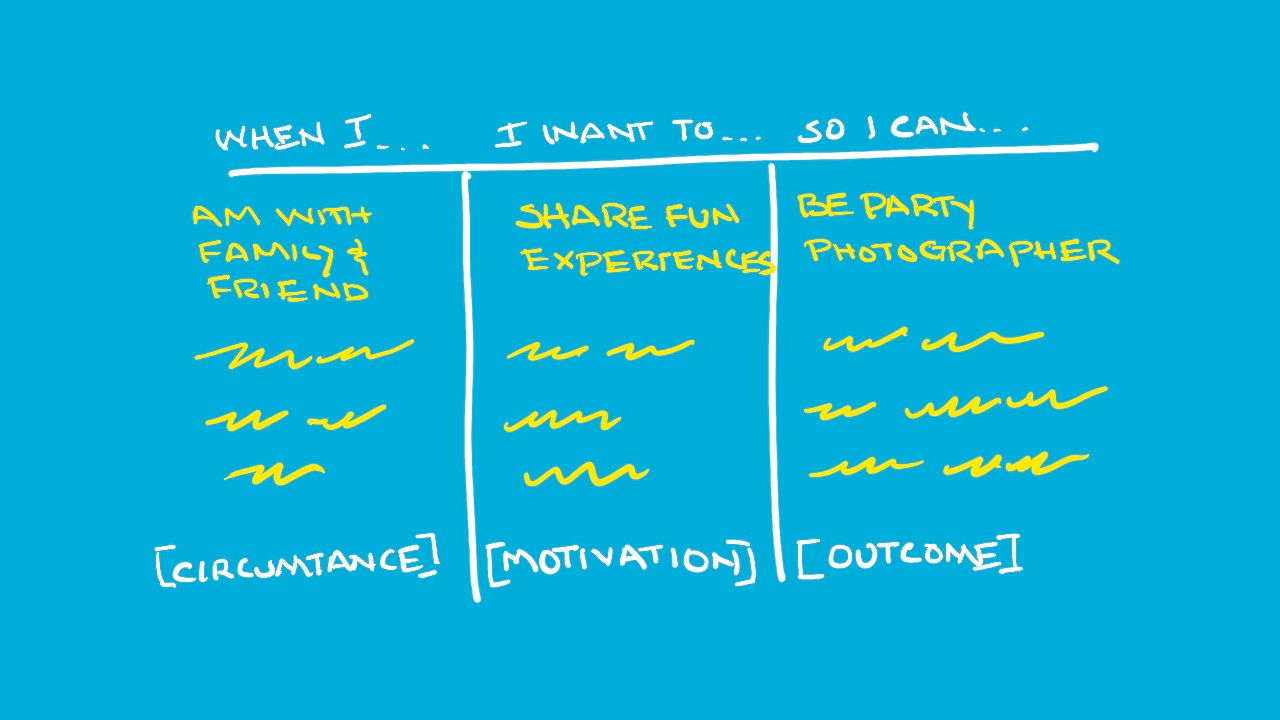Your JTBD Workshop Guide
Identify the Job to Be Done: Transform Customer Desires into Breakthrough Ideas
Strategy goes nowhere unless it starts with the people you want to serve.
That is the essence of design thinking. Human-centered design is the core of products, businesses, and corporate strategies that create customer value.
One way I like to understand customers better and what customers revere is through the Jobs to Be Done framework. (The other is an empathy map)
The JTBD concept is simple. Customers don’t buy products; they hire them to get a job done. It’s a framework for understanding what the customer is trying to accomplish "jobs" (what and why) rather than on the products they use.
It helps you innovate by identifying the true motivations driving customer decisions and designing solutions that more effectively fulfill these jobs.
(If you want to get a refresher or learn about JTBD, watch Harvard Business School professor Clayton Christensen explain it.)
But how do you help a team think about JTBD in a simple yet effective way to get alignment and focus more on what the customer is Screaming (a product or service) to get the job done?
That was my headache until I found the following exercise.
JTBD Workshop Guide
In JTBD, you are working to answer five critical questions:
What fundamental problem is the customer trying to solve?
What Objective do customers use to evaluate solutions?
What barriers limit the solution?
What solutions do customers consider?
What opportunities exist for innovative solutions?
This exercise helps answer questions 1 and 2. Ready?
Let’s dive in.
Step 1: Create the JTBD Table
Draw a 3-column table. Title the first column “When I… (circumstance)”; the second column “I want to… (motivation)”; and the third column “so I can… (outcome).”
Step 2: Set Up the Context
Establish the context or problem you are trying to solve. For example, focus on the JTBD of people who take pictures. Ask participants, "Why do people take pictures?" Instruct them to write one idea per sticky note and place it in the second column (motivation). A possible answer might be “to share fun experiences.”
Step 3: Identify the Circumstance
Next, ask participants, "In what circumstances or when would people want to share fun experiences?" An example response could be “when I’m with family and friends.” Place this sticky note in the first column (circumstance).
Step 4: Determine the Outcome
Finally, ask, "So what? What does it help the customer do?" Encourage participants to think about functional, emotional, and social outcomes. An answer might be “to be a party photographer.” Place this sticky note in the third column (outcome).
Step 5: Vote on the Top JTBD
Have participants vote on the top three Jobs to Be Done. Once selected, brainstorm for each job to identify barriers that impede it, alternative ways customers achieve it, and opportunities or gaps between customer needs and existing solutions.
This structured approach helps teams focus on what truly matters to customers, leading to more targeted and successful solutions.
So next time you or your team feels foggy about what direction to take, follow these steps, and you can effectively facilitate a JTBD workshop that uncovers deep customer insights and identifies opportunities for innovation.
*Courtesy of: Clayton Christensen, Michael Lewrick




